Product Information Management (PIM)
What is PIM?
It is simply a product information management system like our Geni-Sys SaaS cloud solution, which we optimise to communicate with desktop software such as Adobe InDesign™ to give a leading user-friendly customer experience. Geni-Sys is a new PIM solution that handles product content management and digital asset management (DAM).
e-Commerce is product-centric because people want to buy a specific product or something like it that might be one of a range of products. Companies that have very large ranges of products have sophisticated categorisation in their product catalogues. Product information is often stored as a single description that covers a range or group of products. The key to a successful PIM structure is to recognise the importance of product groups. Failure of systems to optimize the grouping of products leads to duplication of information in SKUs. Generally, there are, on average six products to a product group, which would mean duplicating the description six times. The use of product groups allows a single product information block to be used for many products. This is important when products are displayed in a grid of product data. This is often the case with printed catalogues, eCommerce or online catalogue and product catalogues. The product group structure is essential where automation is used to intelligently build tables from product data is coming from other parts of the business like ERP. Linking ERP and other corporate systems to PIM is a game-changer for both catalogue management software and product information management.
There are further benefits for retailers that want to automate their update workflow to Amazon shops as well as updating distributors with content and pricing. A good PIM system aids workflow by helping the user see graphically what to do next. It helps retailers, distributors and product manufacturers to work using single sales channels or using an omnichannel workflow to streamline campaigns faster than any existing methods. It will reduce the reliance on Excel by providing functionality that is much quicker, more consistent, interactive and does the job as a good PIM and catalogue management solution should.
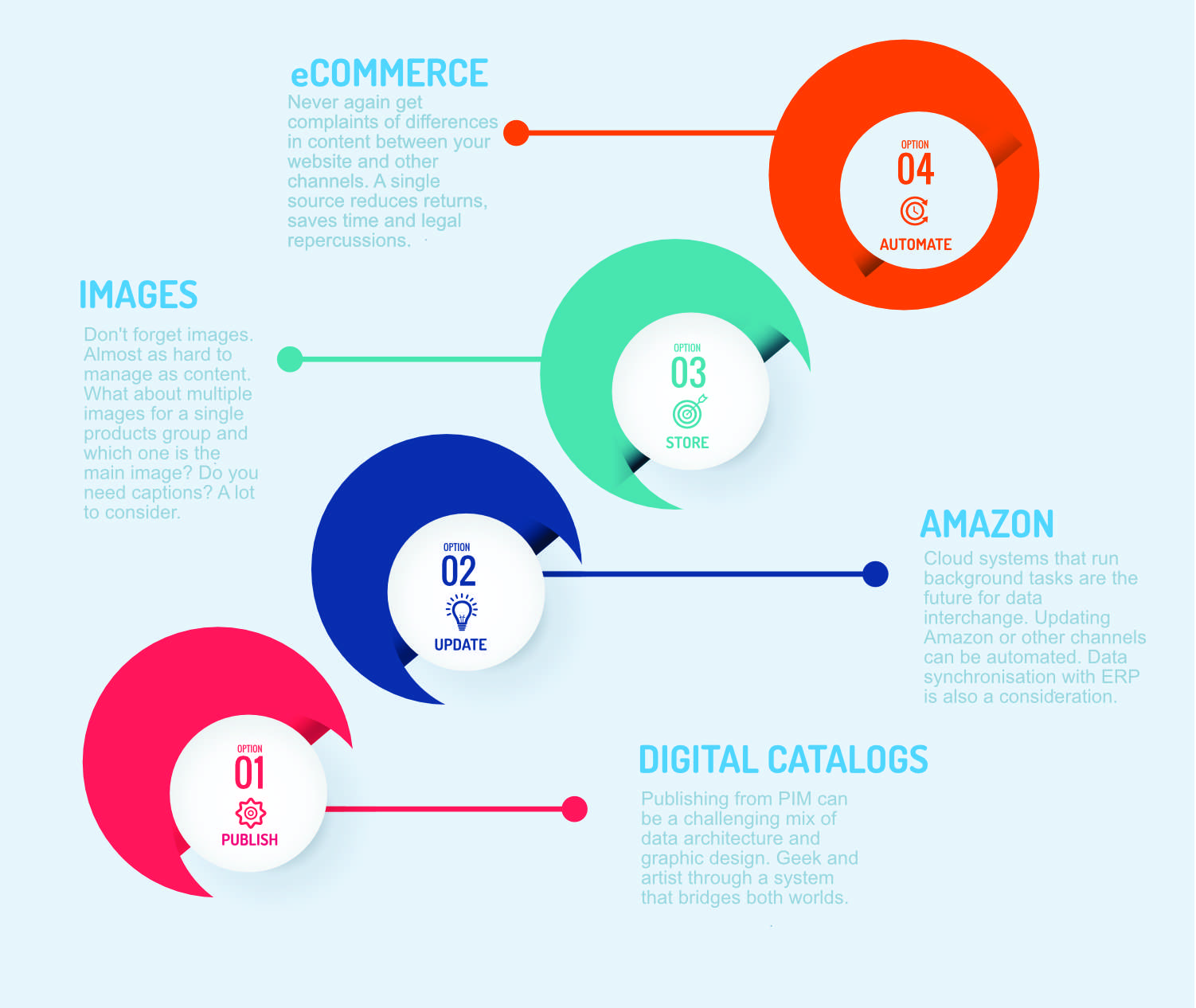
When do organisations begin thinking about PIM?
When existing ERPs (Enterprise Resource Planning) systems or accounts systems or even spreadsheets no longer meet department or organisation needs, users start looking for other ways of resolving their problems.
While Excel™ will remain a keystone of personal database and analysis in organisations it struggles as a trusted resource. PIM software such as Geni-Sys excels at product data content management. Geni-Sys supports CSV and Excel imports quickly becomes a trusted, auditable, data source and an accepted business process where data governance and data quality are key.
Many organisations have legacy systems that were installed in the days when multi-user, client-server was the technology of the day. Office bound client-server software is rapidly giving way to SaaS, software as a service, cloud applications and PIM is a product of the SaaS revolution. Cloud PIM has proved its worth during the COVID pandemic. In the case of Geni-Sys product managers have been able to do their work from home and still publish pages in the office for designers to finish at their homes, regardless of region or country.
Who needs PIM
Marketers, eCommerce managers, merchandisers, product managers, QA managers and IT all have input and all benefit from collaborative tools that come with PIM. Research during the pandemic has shown mail-order to be more effective than other marketing campaigns. PIM that supports high-quality ePublications, PDF catalogues and print catalogues will further benefit organisations.
Key features that provide immediate benefit and often not available in other systems are:
- Product descriptions and attributes, which are crucial to customers when choosing products to purchase.
- Dedicated attention to storing customer-focused product information instead of buyer-focused ERP data
- Storing and linking of images, brand logos and diagrams.
Business benefits from PIM
When the organisation calls for content that is not easily available, departments need to react. Issues can be many and may include:
- Complex legal data that is in multiple places and hard to access
- Seasonality
- Multiple geographical markets and multichannel within a market
- Multiple websites and publications with variations in content
- Different weights and measures of products
- Different campaigns needing varied content, price flash offers and banners
- Attribute handling for data tables
- Consistent specifications
- Product groups and families
- Features and benefits lists (bullets)
- Product variants, colour, size and more
- e-catalog functionality
- online catalogue automation
- Real-time page production
To get these benefits, information like images, diagrams and other visual assets have to be associated with products, models, categories and it all has to be maintained. For manufacturers with distribution channels, information is almost as important as the product. They see PIM as having a master data management (mdm) role.
The dream of "one system fits all" is dead so existing information may come from other systems, and there will be a data journey to consider. Modern systems communicate using web services, and if you have not heard of JSON, you will soon.
PIM serves eCommerce platforms to prevent double keying of data. Product catalogues can use the same content as websites but can also use the PIM to customise and differentiate content for specific campaigns.
Distributors and resellers need content to keep up to date and to tell a consistent story. They also need images and other assets, probably online, perhaps data feeds - web services again!
Geni-Sys Features
Team Friendly
To be accepted by a team, software systems must be intuitive and easy to use and should not require training. Adding new products quickly is so fundamental to those maintaining websites and catalogues that significant emphasis is paid to ease of use and to any way of making the job easier.
Cloud-based
It should be available from any connected location. It should be trusted and always available, with no complaints of "the system is slow today".
Cloud is not a buzzword in this context because older systems could not easily integrate with others inside an office network. With Geni-Sys cloud app all that is needed is a browser and permissions.
Flexible structure
Almost every implementation involves data transformation. Every one is different - we look at individual needs and provide users with tools to suit.
The way in which products are structured within an organisation seems logical and essential when viewed from the inside. Viewed from the outside every organisation is different so the Geni-Sys uses an adaptable structure to accommodate most ways of doing things.
Multi-Language
Remote access crosses borders and languages that are in the DNA of Geni-Sys. Language versioning is a core feature.
Data Transfer
Importing of data is a key issue but not a simple one. Geni-Sys has many ways where data can be imported and exported for different purposes including content selection by code to import and export of prices per campaign or DataChannel ™.
API
Support for an API is important because data needs to be exchanged beween internal and external systems. The API is often used to automate transfer and update of content from existing system so that it can be transformed and enhanced for customer facing presentation. The API is also used for feeding data to existing websites. JSON is suported and is becoming the favoured file transport format for cloud systems.
Product Lifecycle Management (PLM)
A correct knowledge of this is important, as contemporary PLM has been inundated with a variety of PLM methodologies and techniques, largely from the periodical literature and across the internet, often with no clear explication of the underlining product life cycle model used to derive the methodology. There is an important distinction to be made between manufacturing and distribution and the wide spectrum of what constitutes a product. Geni-Sys is concerned with product meta information in relation to their stock age and end of life as a stocked product, alerting marketers when it is likely to be withdrawn from publications, paper and web.
Catalog and eCatalog production, pre-press and print
There is a substantial difference between software products that offer a print solution and those that deliver integrated page production and publishing solution, complete with a pagination system, like Geni-Sys.
PDF publications are produced first using a DTP application like Adobe InDesign™. The path from PIM content to and InDesign DTP page is complex. It is assumed that it is a question of importing. With DTP everything is in a box, which means creating the box, putting it on a page and then importing into it. A picture also has to go in a box and the box has to be positioned next to its content or it makes no sense.
Geni-Sys templates make all the boxes and use templates to put the right content in the appropriate box on the next available page.
The Geni-Sys templates are like mini-AI that gives power to designers to produce the very detail that makes a catalogue stand out.
Get in touch
Would you like to know more about the functionality of Geni-sys and how it can help your companies marketers and sales team increase your business' sales and conversion rates? Going through a digital transformation and want a to have a single source of truth for all of your product data? Contact us on 01635 785058 and we will be happy to assist you.
Do you have a question about pricing? Email info@locksidesoftware.com and we will provide you with the price list and any further information you may require.
Our Solutions
-
Digital Catalogs
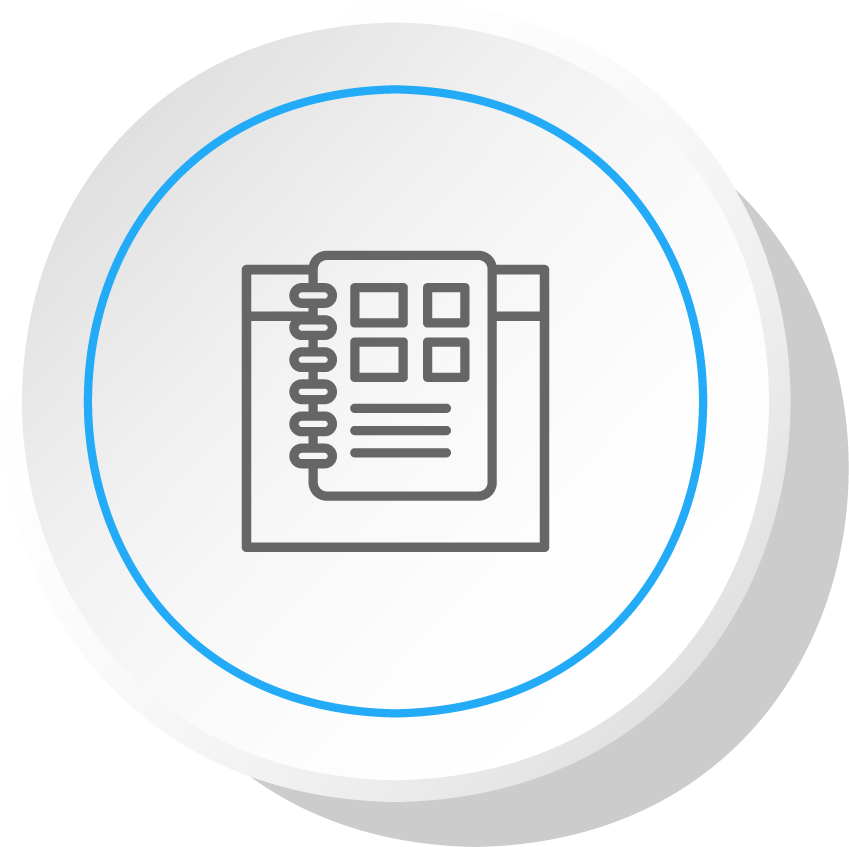 Use a publishing system with existing variable templates and turbocharge the process. The system auto-builds a PDF ready for your favourite flip book.
Use a publishing system with existing variable templates and turbocharge the process. The system auto-builds a PDF ready for your favourite flip book. -
Product Catalog Software
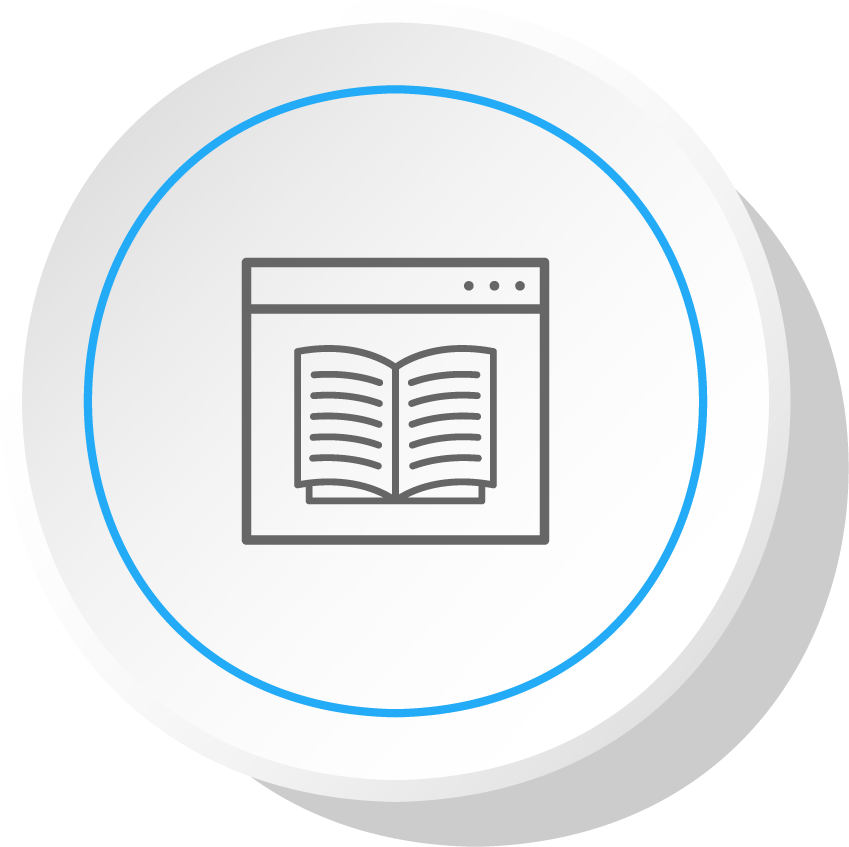 Catalogs absorb senior management time. Instant page visualisation, speeds planning, reduces proofing and shortens time to market.
Catalogs absorb senior management time. Instant page visualisation, speeds planning, reduces proofing and shortens time to market. -
Product Information Management - PIM
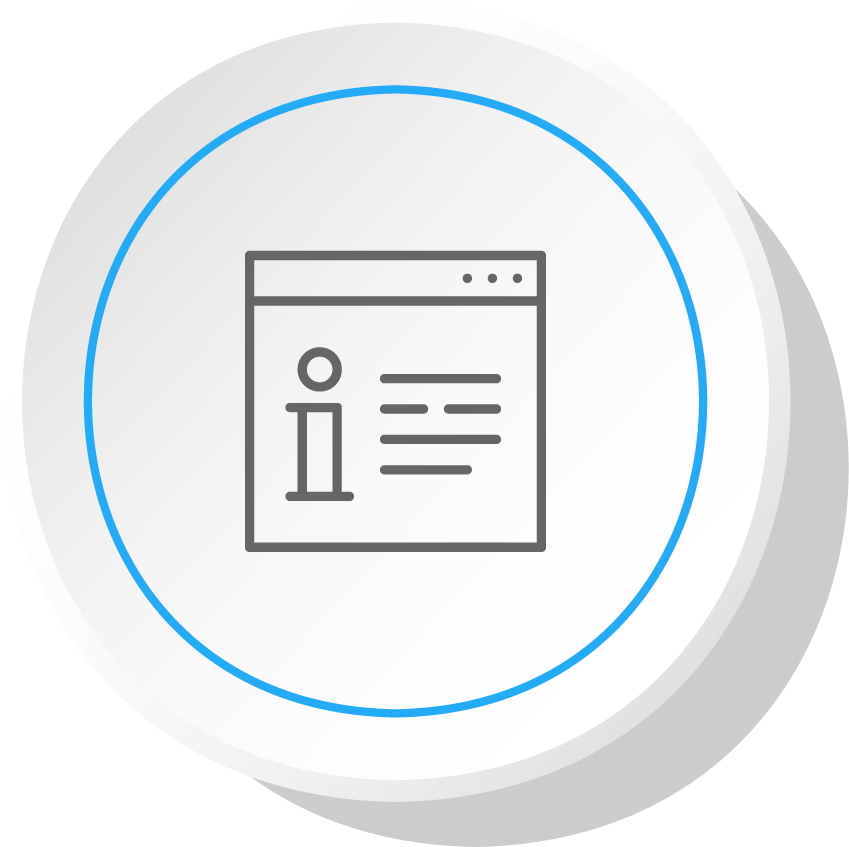 It's all about content you can trust. Once you have it you can do everything on this page.
It's all about content you can trust. Once you have it you can do everything on this page. -
Digital Asset Management - DAM
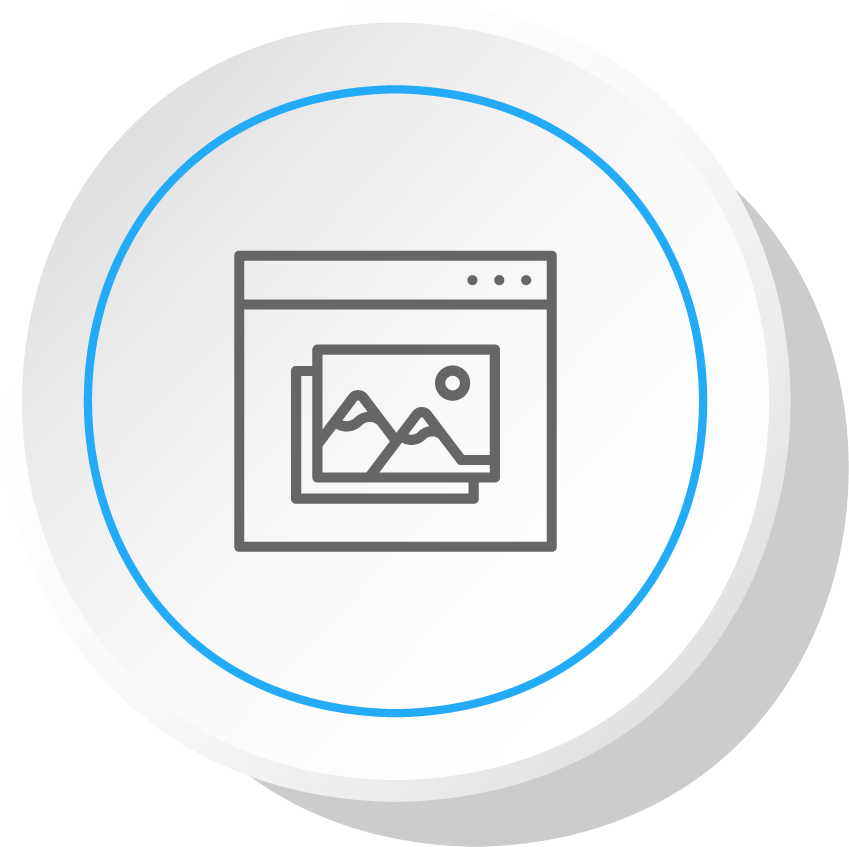 The photo shoot’s done, select the winners, add meta information and link them to products, all within the same web app
The photo shoot’s done, select the winners, add meta information and link them to products, all within the same web app -
eCommerce
 New products on the website? Start promoting them. Add upsells, cross sells, price deals - all in one place.
New products on the website? Start promoting them. Add upsells, cross sells, price deals - all in one place.
